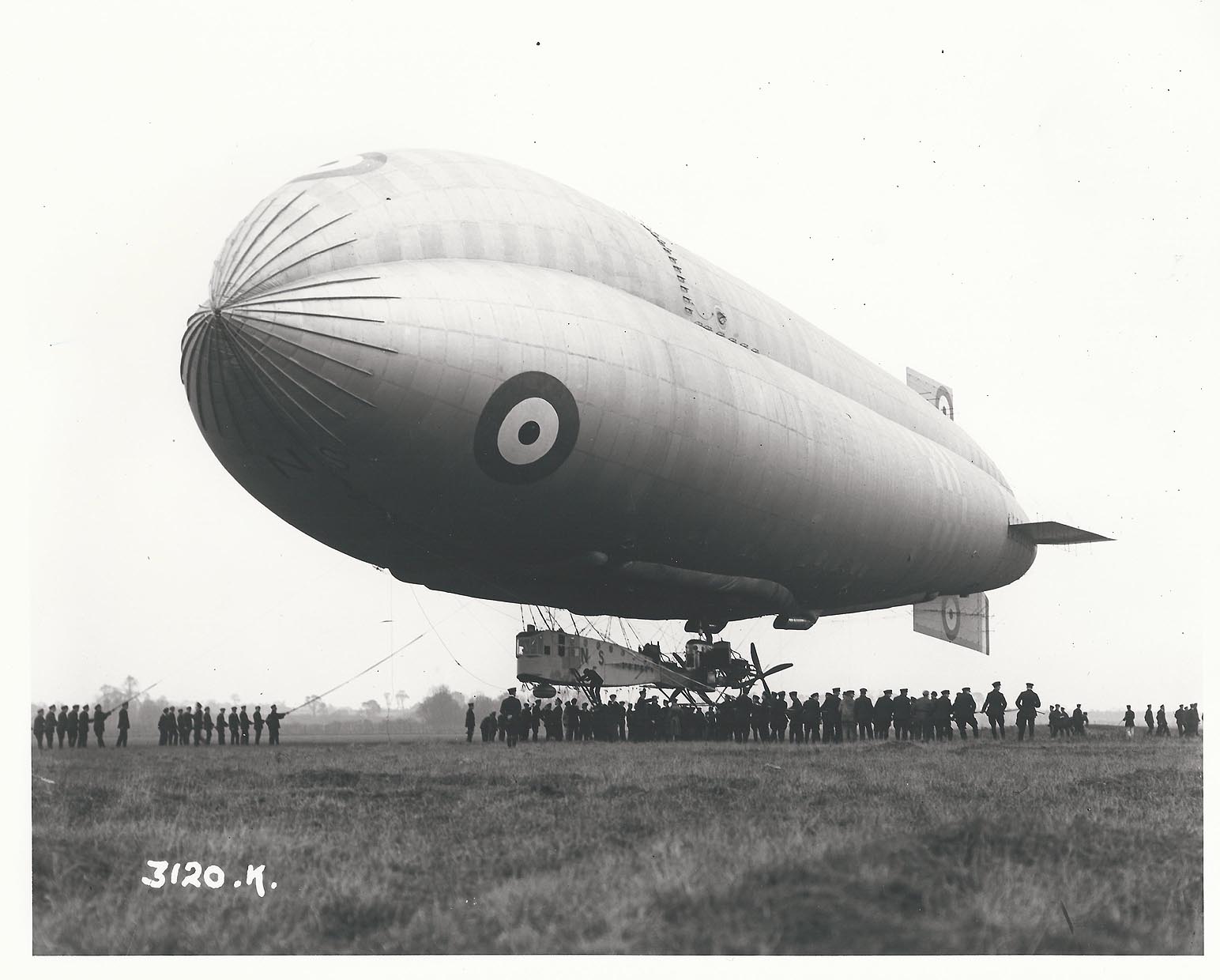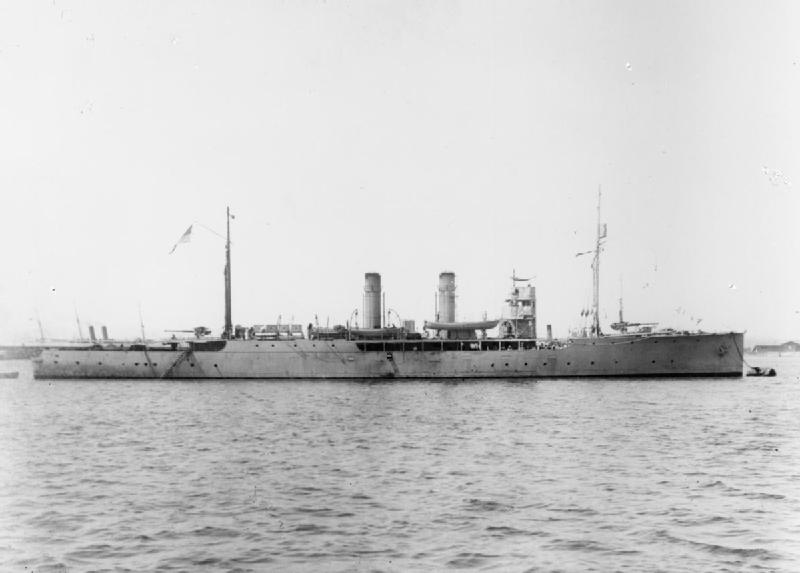Would you consider flying boats as well? They're big, rugged, and don't require carriers or airfields near the coast. You could also modify and put an obsolete armoured/protected cruiser into service as a flying boat tender.
This is the Felixtowe F.5 in May 1918. It would go on to serve in the RN, USN and IJN. Hundreds were built in Britain, USA, Japan and Canada. It could carry up to 920lb of bombs, so surely a wireless set could be squeezed in.

In WWI for long range over water patrols for the RNAS I want the North Sea Class blimp. https://en.wikipedia.org/wiki/NS_class_airship Ideally the RNAS would have looked at blimps seriously at the same time they were experimenting with the Mayfly rigid airship (that broke its back before it flew). https://en.wikipedia.org/wiki/HMA_No._1

Last edited:

